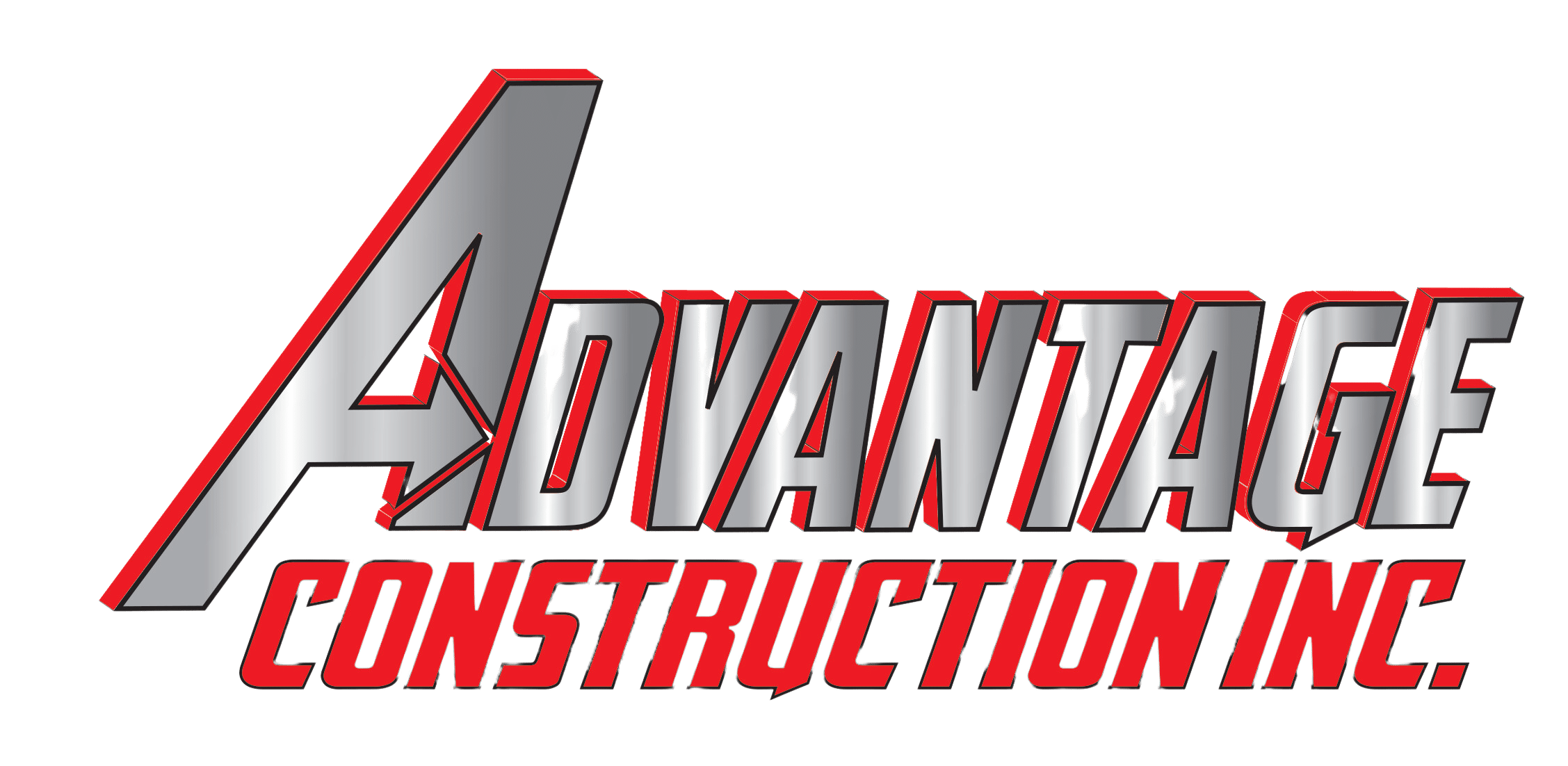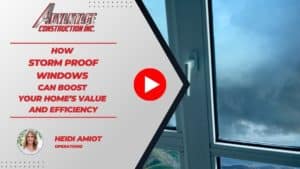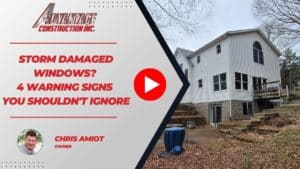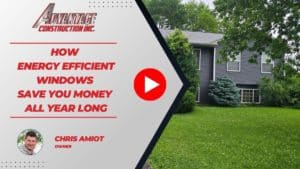Homeowners in Minnesota know that storms can be severe. Hail, high winds, snow, and ice can all test the strength of exterior surfaces. When it’s time to replace or upgrade your siding, the decision shouldn’t just be about looks. It should be about protection. That’s why understanding the best siding for MN homes is more than just picking a brand. It’s about knowing what performs when it matters most.
At Advantage Construction, we’ve helped thousands of homeowners make smart siding decisions based on performance, insulation, storm resistance, and long-term value. Here’s what you need to know.
What Makes a Siding Product “Storm-Ready” in Minnesota?
Choosing siding for a Minnesota home means thinking beyond aesthetics. It’s about how well the siding resists the elements and protects the house year-round.
Weather Challenges Unique to Minnesota
From deep winter freezes to summer hailstorms, Minnesota’s climate seriously stresses your exterior. Siding must:
- Resist impact from hail and debris
- Handle temperature swings without warping
- Insulate against extreme cold
- Prevent moisture intrusion during snow melt
The best siding for MN homes is designed to meet all these challenges without constant maintenance.
Comparing the Best Siding Options for Minnesota Weather
When evaluating the best siding for MN homes, here’s how top products typically compare:
| Siding Type | Storm Resistance | Insulation | Maintenance | Lifespan |
|---|---|---|---|---|
| LP® SmartSide® | Excellent | Moderate | Low | 30–50 years |
| Insulated Vinyl Siding | Good | High | Very Low | 20–30 years |
| Fiber Cement (e.g. Hardie) | Very Good | Moderate | Medium | 30–40 years |
| Traditional Wood | Poor | Low | High | 15–25 years |
LP SmartSide stands out for its impact resistance and moisture protection, while insulated vinyl siding offers the best energy performance with the least maintenance.
Why LP® SmartSide® Is a Favorite Among Contractors and Homeowners
One siding product consistently stands out in our region: the LP® SmartSide® engineered wood siding.
1. Durability That Goes Beyond Traditional Wood
LP siding is treated with a proprietary SmartGuard® process that resists moisture, termites, and fungal decay. It’s built to handle impact, making it a solid choice in hail-prone areas.
We’ve seen LP SmartSide withstand storm damage that would leave traditional wood or vinyl cracked or warped. It’s also more flexible than fiber cement, which can be brittle in cold weather.
2. Aesthetic Flexibility with Long-Term Strength
LP SmartSide combines strength with a diverse selection of profiles and finishes. This enables homeowners to achieve their desired aesthetic while maintaining exceptional durability. So, whether you prefer lap siding, shakes, or panel styles, LP provides choices that will maintain their stunning look for years to come.
Benefits of Insulated Siding Panels
Insulated siding features a rigid foam backing that provides:
- Better thermal performance (lower heating bills)
- Improved sound dampening
- Enhanced impact resistance
- Straighter appearance on the wall
That extra insulation layer cushions against hail and debris impacts in stormy regions like ours.
When Non-Insulated Options Should Be Considered
Non-insulated siding is typically more affordable and lighter, making installation faster. If your house is already well-insulated, this might work. However, insulated siding is often worth the extra investment if energy efficiency and storm protection are your top priorities.
Fiber Cement Siding (e.g., James Hardie)
James Hardie® and other fiber cement siding are designed to endure cold and harsh weather. Because it is made of cellulose fibers, cement, and sand, it has exceptional rigidity and damage resistance. Important advantages include:
- Highly durable against wind, hail, and pests
- Fire-resistant for added home safety
- Moisture-resistant when properly installed and maintained
- Available in many textures and styles that mimic wood or masonry
When To Consider Fiber Cement Siding
Fiber cement siding requires skilled specialists to install since it is heavier than vinyl or LP siding. It must be handled and sealed carefully because it’s brittle in cold weather.
We recommend Fiber cement siding for homeowners who want the look of wood but need better durability. It’s a great option when installed by experienced contractors who follow best practices, especially in high-wind or wildfire-prone areas.
Benefits of Traditional Wood Siding
Wood siding offers natural beauty and charm, but it is the least storm-resistant option for Minnesota climates. Consider the following when choosing wood siding:
- Vulnerable to rot, insects, and moisture, especially after snow or rain
- Requires frequent painting or staining to stay protected
- Low insulation value compared to modern alternatives
- Easily damaged by hail or wind-blown debris
When To Use Wood Siding
Perfect for homeowners who prioritize aesthetics and are comfortable with ongoing maintenance. It’s ideal for areas where traditional appearances are valued, such as older or custom-built homes.
Ready to Upgrade Your Home with Storm-Ready Siding?
When you want siding that looks great and performs in the harshest weather, don’t guess—work with the pros. We can help you choose the best siding for your home. At Advantage Construction, we work closely with homeowners to match them with the ideal siding solution for their budget, style, and weather concerns. We’ll walk you through product comparisons, explain warranty coverage, and ensure every layer is installed correctly for maximum performance.
Contact Advantage Construction today to schedule your free siding consultation. As a local contractor trusted across Minnesota, we offer top-rated products like LP SmartSide, certified installation, and personalized service that larger firms can’t match. We help you protect what matters most, including your home, comfort, and peace of mind.



